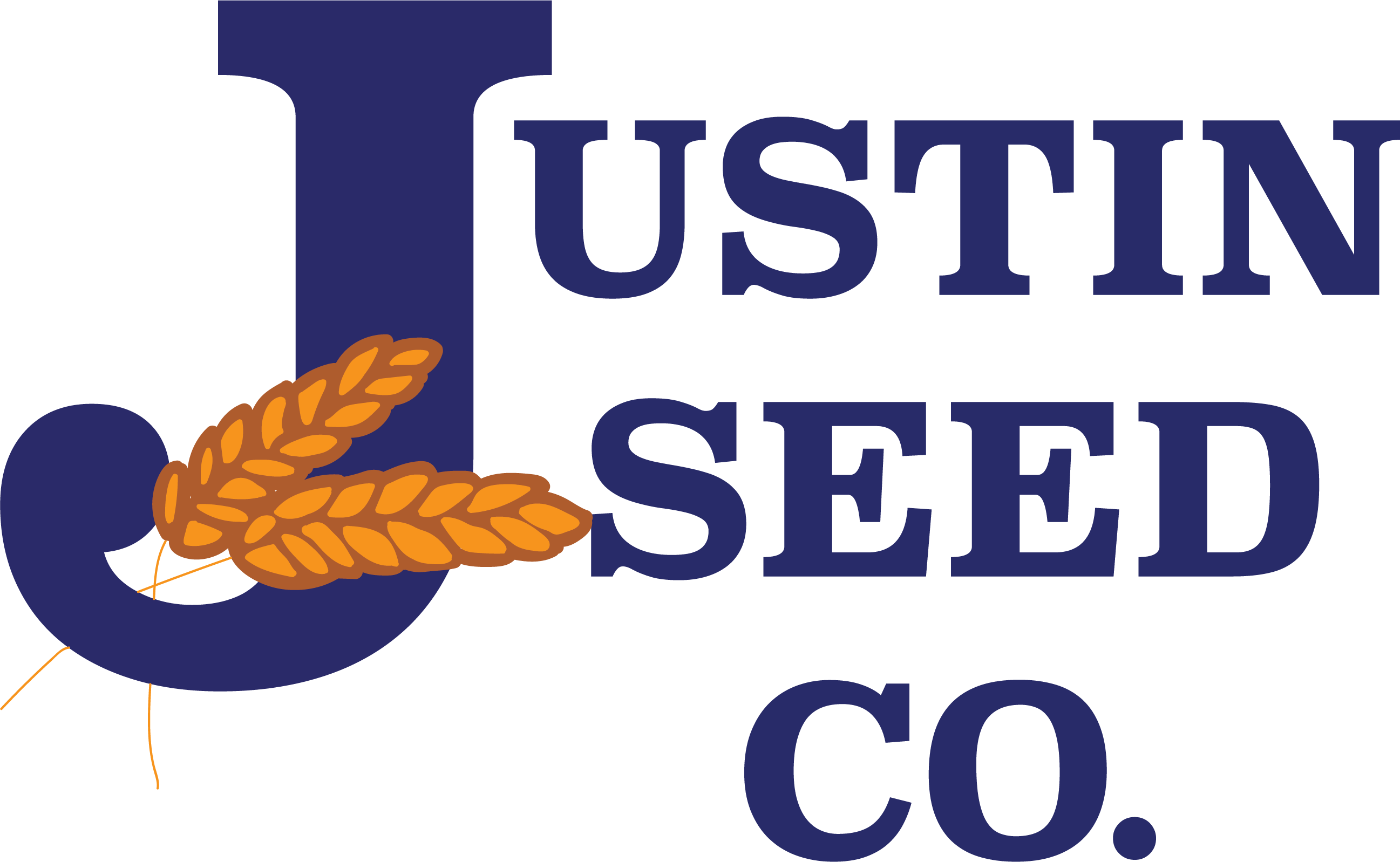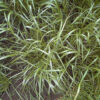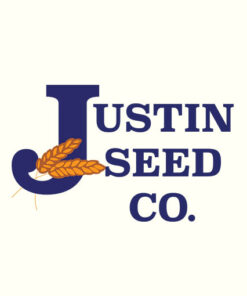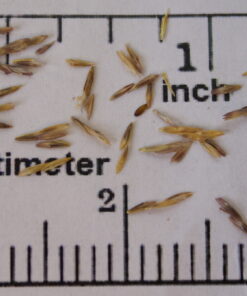Johnsongrass
$4.50 /lbs. (pounds)
Good hay, grazing with management. Do not over graze – Prussic Acid Poison.
Out of stock
Good hay, grazing with management. Do not over graze – Prussic Acid Poison.
| Grow Height |
Cold Tolerance |
Minimum |
Planting Rate |
|
3-8′ |
Good |
18″ |
20-25 lb. |
| Weight | 1 lbs |
|---|
Be the first to review “Johnsongrass” Cancel reply
You must be logged in to post a review.
Related products
Forage bermudagrass with wide, soft leaves. It shows rapid establishment from seed and aggressive spreading from stolons and rhizomes. Chilly Verede has persisted through cold winters in North Carolina, where it was developed, and has excellent heat and drought tolerance.
Tropical to subtropical perennial grass with good forage production in low fertile soils. It creeps with stolons and rhizomes, native to South America, naturalized in North America.
Permanent cool season grass. One of the best to use in shade. Excellent year-round lawn when kept watered.
Introduced bunch grass that is adapted to the southwest. Has a rapid growth. Minimum temperature is 12F and grows in pH 4.5-8 range in coarse to medium soils with low salinity tolerance.
Introduced fast growing annual, a heavy forage producer. In some areas of the world the small seed is ground for flour.
Once established, giant bermudagrass is very drought, heat and salt tolerant. Cultural management of giant bermudagrass is much like that of Coastal Bermudagrass, a vegetative pasture bermudagrass.
Improvement over annual for grazing, especially in rust prone areas (high rainfall).
Warm season perennial tufted bunch grass. Used for grazing and erosion control. Broad, natural geographic distribution with wide variation in types of plants.










Reviews
There are no reviews yet.